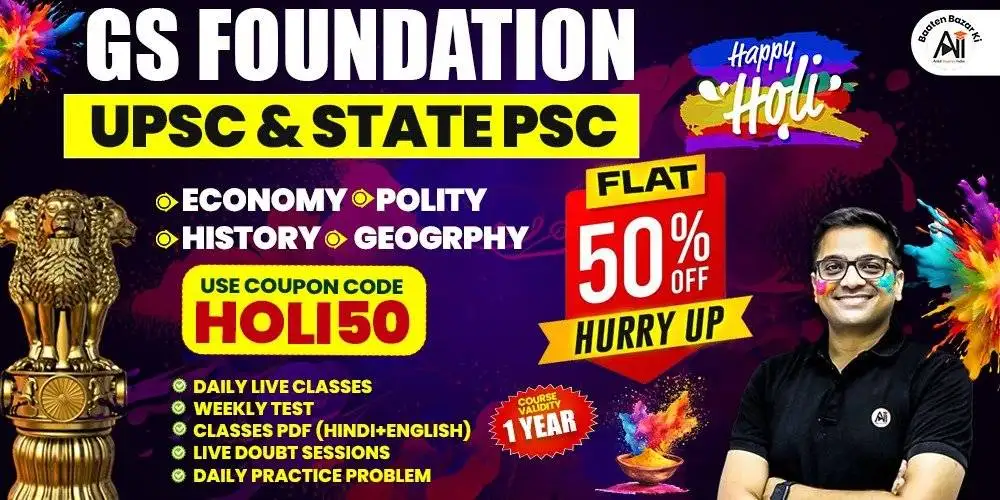|
GS Paper I: Ancient Indian History and Heritage Sites |
The Piprahwa Relics
Why in News?
Recently, the central government of India successfully halted the proposed auction of sacred Buddhist relics from Piprahwa by Sotheby’s Hong Kong through legal and diplomatic efforts.
What is the Piprahwa Relics Dispute?
A controversy arose when Sotheby’s Hong Kong planned to auction ancient Buddhist relics linked to Piprahwa. These relics are believed to be linked directly to Lord Buddha and hold deep religious and cultural significance.
- What are the Piprahwa Relics?
-
-
- In 1898, British landholder William Claxton Peppé unearthed a stupa in Piprahwa, Uttar Pradesh, revealing ancient remains now identified as the Piprahwa relics.
- This place is considered part of ancient Kapilavastu, where Gautama Buddha spent his early life.
- During the excavation, a large stone container was found.
- It contained bone fragments, precious jewels, gold ornaments, and stone and crystal vessels.
- These relics are believed to be part of the Buddha’s cremated remains, which were preserved in the stupa by the Shakya clan, his royal family.
-
- How did the relics go abroad?
-
-
- During British rule, under the Indian Treasure Trove Act of 1878, the British authorities took possession of the relics.
- Most jewels and artifacts were transferred to the Indian Museum in Kolkata.
- A portion of the bone fragments was presented to the King of Siam (now Thailand), while the rest stayed with the Peppé family.
- These remaining relics were eventually put up for auction by Sotheby’s Hong Kong.
-
- India’s Stand on the Relics:
-
- India has classified these relics as “AA” antiquities under its laws, giving them the highest level of legal protection.
- The law strictly prohibits the export or sale of such items.
- Based on this, the Indian government declared the planned auction completely illegal.
What Steps Did the Indian Government Take?
The Ministry of Culture responded quickly.
- On 2 May 2025, the Director General of the Archaeological Survey of India (ASI) wrote to India’s Consulate in Hong Kong, urging them to stop the auction.
- A review meeting was conducted by the Culture Secretary on 5 May 2025. Legal notices were sent the same day to Sotheby’s and to Chris Peppé, demanding the auction’s cancellation.
- The notice stressed that the relics are part of India’s cultural heritage and that the sale would violate Indian laws and international conventions.
- On 6 May 2025, a high-level delegation led by the Culture Secretary met with Sotheby’s representatives. The team included officials from the Ministry of External Affairs and the Consul General in Hong Kong.
- They made it clear that these relics are not ordinary artifacts, but sacred to Buddhists worldwide.
- Later that day, Sotheby’s Hong Kong informed the Indian side via email that the auction had been postponed and offered further discussion.
- UNESCO also supported India’s efforts to halt the auction.
|
Gautama Buddha
Introduction to Piprahwa
|









